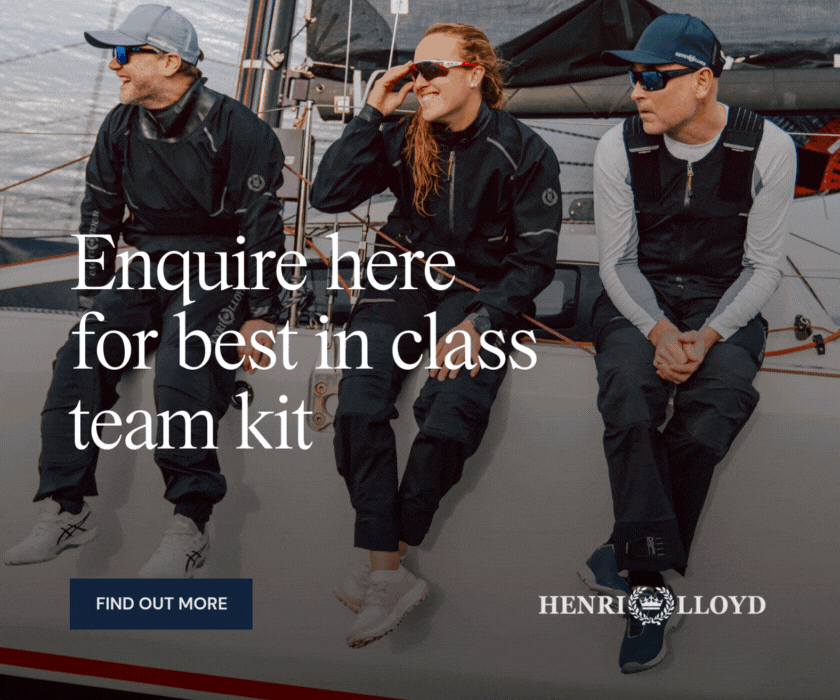

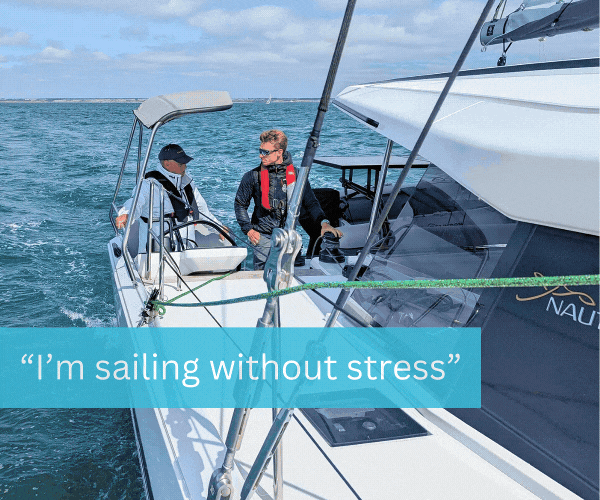





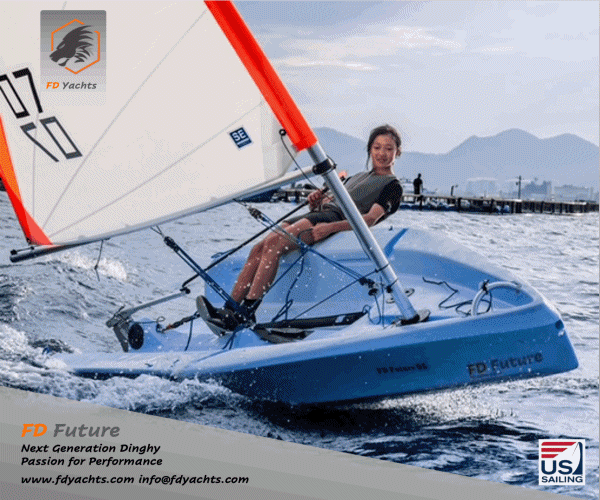
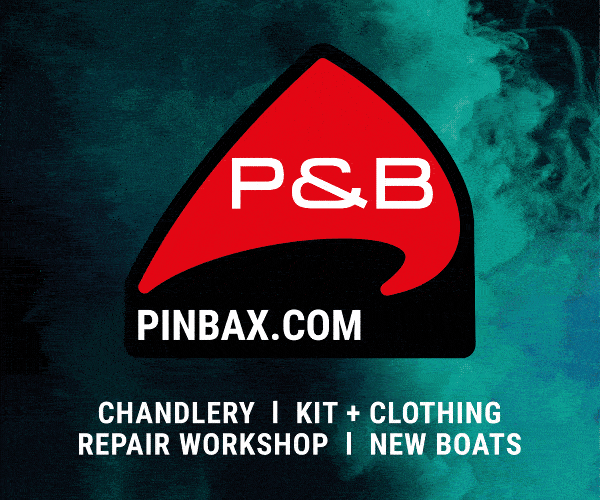

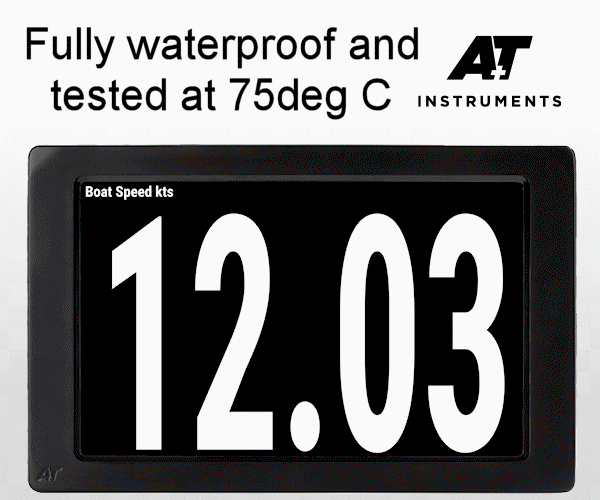
| Laser 28 - Excellent example of this great design Hamble le rice |
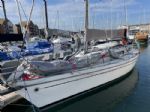 |
| Rossiter Pintail Mortagne sur Gironde, near Bordeaux |
 |
| Laser 140101 Tynemouth |
 |
List classes of boat for sale |
Foiling 18' skiff |
Post Reply 
|
Page <1 456 |
| Author | |
j-pz 
Newbie 
Joined: 08 Sep 06 Location: Switzerland Online Status: Offline Posts: 3 |
 Post Options Post Options
 Quote Quote  Reply Reply
 Topic: Foiling 18' skiff Topic: Foiling 18' skiffPosted: 15 Sep 06 at 12:36pm |
|
got to see the new video of the flying with light, sorry very light
wind conditions. I'll let your guys talk about the speed and any kind
of instability....
http://www.jeanpierreziegert.ch/06_video.html 
|
|
 |
|
CT249 
Far too distracted from work 
Joined: 08 Jul 06 Online Status: Offline Posts: 399 |
 Post Options Post Options
 Quote Quote  Reply Reply
 Posted: 15 Sep 06 at 12:43pm Posted: 15 Sep 06 at 12:43pm |
Here's some Colourbond info. "As the day of the unrestricted 18 closed, metals manufacturer Colourbond decided to end its long association with the 18s. Colourbond used to sponsor several 18s at once, building a new boat for the Sydney fleet each year and handing down the older ones to other cities. They decided to end it all with a big-spending bang. “Psychologically, it grew from Australia II” notes Scott Jutson, a leading member of the design team. “The belief that technology conquers all, that overseas expertise is vital, and that whatever project came from it had to be secret.” Colourbond’s genesis included a multinational design team and a two-week think tank session in the USA. Don Buckley (Ian Murray’s mainsheet hand) hatched a plan for a “superboat” with a wing mast, a no-holds barred start from scratch issue-by-issue design. All-up cost of the boat alone was rumoured to be about five times the average annual wage. The shape that came out of Ted van Dusen’s Boston rowing shell works was radical by any standards. The team wanted a narrow hull but structural considerations dictated a shroud base of 8’, so Colourbond became one of the first boats with chainplates fitted to the wing tubes, rather than the hull. That hull looked totally different. The stem was less than 300 mm high, with rounded gunwhales and a rounded foredeck. “Skiffs always nosedive at the top mark, so they went for flare to keep the bow up. That’s not addressing the problem” says Jutson.. “We looked at it more from a Nacra cat point of view; if there’s nothing to slow the boat down when it nosedives, it won’t decelerate which is what breaks masts and capsizes boats.” Colourbond had no chines, very unusual in skiffs of that time. “It was never really clear whether we were on the right path or not” reflects Jutson. That was one of the problems with the boat; it broke so much new ground it was all but impossible to work out which areas were successful and which were not. The wing mast had structural problems and only lasted a couple of sails. Jutson still likes wing masts, but not for classes with unrestricted sail area. The wing masts weigh so much that it’s more effective to just go for bigger sails on a conventional mast. The cantilever retractable bowsprit was very sophisticated, was low in windage and concentrated weight further aft, but Jutson believes that the cruder-looking fixed and stayed bowsprits were lighter and therefore faster. Colourbond was moderately successful on the racecourse, but she is memorable mainly as something totally different, and a pathfinder in construction."
Edited by CT249 |
|
 |
|
Iain C 
Really should get out more 
Joined: 16 Mar 04 Location: United Kingdom Online Status: Offline Posts: 1113 |
 Post Options Post Options
 Quote Quote  Reply Reply
 Posted: 15 Sep 06 at 1:39pm Posted: 15 Sep 06 at 1:39pm |
|
j-pz
 That is quite amazing, the footage near the end is very impressive, you seem to be able to foil for very long periods of time under total control...well done. It also seems easier with 2 people, was that just a weight/lift consideration or os it easier to co-ordinate? I wonder how the foiling Cherub will go when it's finished, I suppose proportionally 2 stringing the 18 would be like getting 2 small kids on the Cherub with wide wings, possibly easier to control than having proportionally big heavy people on the boat. We'll have to wait and see, but it's pretty obvious that in a few years boats won't be graded as a dinghy or skiff, they will be a planer or a foiler. I guess their shape will change enormously too, will traditional bermudan rigs mmove aside to be replaced with something that is optimised for very narrow apparent wind angles? And I guess that hulls, rather than being designed to carry weight, go well in light wind, or plane early, will be designed to be low drag in a semi-foiling situation, or not to loose to much speed when they fall off the foils. I know very little about hull design but if you look at a flying moth the hull looks pretty pointless now, would a hull with loads of rocker etc that is optimised for very light winds make more sense now, becasue as soon as it's flying it's a bit irrelevant? Anyway, well done again, keep going and keep us informed! (You too Andy L!) |
|
|
RS700 GBR922 "Wirespeed"
Fireball GBR14474 "Eleven Parsecs" Enterprise GBR21970 Bavaria 32 GBR4755L "Adastra" |
|
 |
|
Post Reply 
|
Page <1 456 |
| Forum Jump | Forum Permissions  You cannot post new topics in this forum You cannot reply to topics in this forum You cannot delete your posts in this forum You cannot edit your posts in this forum You cannot create polls in this forum You cannot vote in polls in this forum |
Copyright ©2001-2010 Web Wiz
Change your personal settings, or read our privacy policy











 Printable Version
Printable Version Delicious
Delicious Digg
Digg Facebook
Facebook Furl
Furl Google
Google MySpace
MySpace Newsvine
Newsvine reddit
reddit StumbleUpon
StumbleUpon Twitter
Twitter Windows Live
Windows Live Yahoo Bookmarks
Yahoo Bookmarks Topic Options
Topic Options